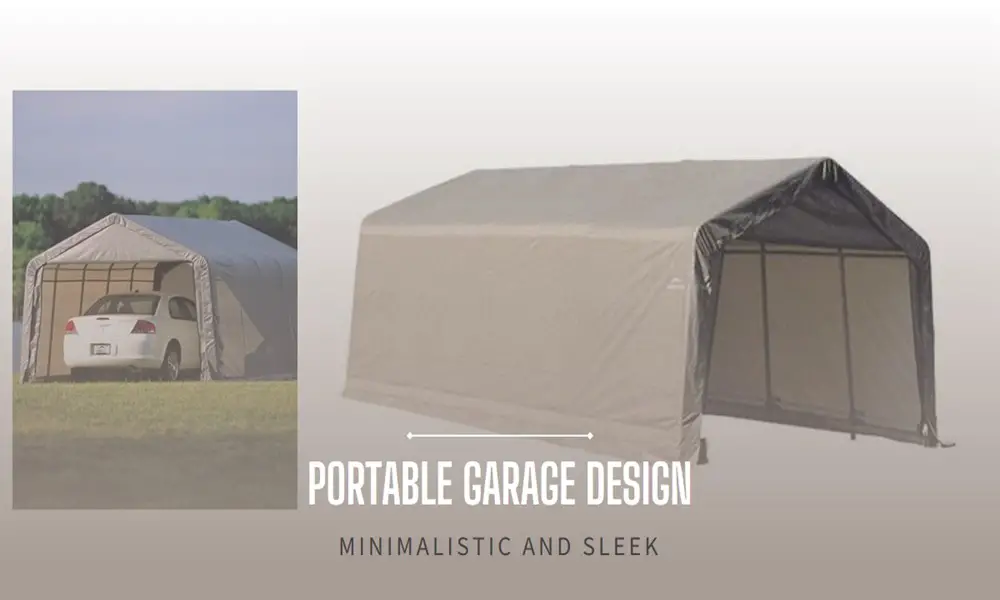Car Size in Feet: Understanding Dimensions and Parking Sizes
Car Size in Feet When it comes to cars, understanding their size in feet can be essential, especially when it […]

Car Size in Feet

When it comes to cars, understanding their size in feet can be essential, especially when it comes to parking. From the length, width, and height of a car to the standard parking space size in feet, having a grasp of these dimensions can help ensure a smoother driving and parking experience.
In this article, I’ll delve into the specifics of car dimensions and parking space sizes, providing you with valuable insights to navigate the world of automobiles with ease.
Understanding Car Dimensions
When it comes to understanding car dimensions, it’s essential to consider factors like length, width, and height. These dimensions not only impact the aesthetics of a vehicle but also its practicality and functionality.
Average Car Size
Car Length
The length of a car typically ranges from approximately 14.7 feet (4.5 meters) to 16.4 feet (5 meters) in the United States. This measurement encompasses the distance from the front bumper to the rear bumper, providing an indication of the vehicle’s overall size.
Car Width
In terms of width, the average car in the United States spans between 5.9 feet (1.8 meters) to 6.7 feet (2 meters). The width measurement extends from one side mirror to the other, representing the width of the car body.
Car Height
Car height refers to the distance from the ground to the highest point of the vehicle. In the United States, typical car heights range from around 4.9 feet (1.5 meters) to 5.5 feet (1.7 meters). This dimension influences factors such as aerodynamics and interior space.
Standard Parking Space Size
Overview
In the United States, standard parking spaces are meticulously designed to accommodate a wide range of vehicles comfortably. Understanding the dimensions of these parking spaces is crucial for drivers seeking safe and convenient parking options.
Standard Parking Space Size
- Width: 9 feet
- Length: 18 feet
Standard parking spaces are characterized by their rectangular shape, providing ample room for vehicles to maneuver in and out. These dimensions ensure that most cars can park securely without encroaching on neighboring spaces or obstructing traffic flow.
By adhering to standardized parking space sizes, parking lots and garages can efficiently utilize available space while prioritizing the safety and convenience of motorists.
Factors Affecting Parking Space Sizes
When it comes to parking space sizes, several factors come into play, influencing the dimensions of parking spaces in various environments.
Local Regulations
Regulatory Variances
Different cities and states have the authority to establish their own regulations governing parking space dimensions. These regulations may deviate from standardized sizes, requiring motorists to adapt to varying parking space dimensions depending on their location. Compliance with local regulations is essential to avoid parking violations and ensure adherence to legal standards.
Type of Parking
Parking Environment
The type of parking environment significantly impacts parking space sizes. Parking spaces in garages, for example, are often designed to maximize space efficiency, resulting in more compact dimensions compared to surface lots.
Compact car parking spaces are intentionally smaller to accommodate vehicles with reduced dimensions. Understanding the parking environment you’re navigating is essential for selecting suitable parking spaces that accommodate your vehicle safely and comfortably.
Location
Urban vs. Suburban
Parking space sizes vary between urban, suburban, and rural areas due to differences in space availability and population density. Urban settings typically feature smaller parking spaces to optimize land usage and accommodate high volumes of vehicles within limited space.
In contrast, suburban and rural areas often offer larger parking spaces, reflecting the abundance of available land and lower population density. When parking in different locations, drivers should anticipate variations in parking space sizes and adjust their parking strategies accordingly.
Importance of Checking Parking Space Sizes
Before parking your vehicle, it’s crucial to verify the dimensions of available parking spaces to ensure a seamless parking experience.
Verification
Always check signage and markings in parking areas to determine the specific size of the available parking spaces. By confirming the dimensions beforehand, drivers can assess whether their vehicle fits within the allotted space comfortably and avoid potential issues such as parking violations or difficulty maneuvering in tight spaces. Taking the time to verify parking space sizes enhances safety, prevents inconvenience, and promotes efficient use of parking facilities.
You need to know this:
Conclusion
Understanding car dimensions and parking space sizes in feet is vital for every driver. By knowing the average size of cars and standard parking space dimensions, you can navigate parking lots and garages with confidence. Remember to consider local regulations, the type of parking environment, and the location when assessing parking space sizes. Stay informed and ensure a hassle-free parking experience every time.
FAQs
Are car dimensions standardized across all makes and models?
While there are average measurements, car dimensions can vary between different makes, models, and years. It’s best to consult the owner’s manual or manufacturer’s specifications for precise dimensions.
What should I do if I encounter parking spaces smaller than the standard size?
If you come across compact or undersized parking spaces, exercise caution and consider whether your vehicle can safely fit. It may be preferable to seek alternative parking arrangements if space is limited.
Do parking space sizes differ internationally?
Yes, parking space sizes can vary significantly depending on the country and its regulations. Travelers should familiarize themselves with local parking norms and dimensions to avoid any inconvenience.
Are there specific standards for accessible parking spaces?
Yes, accessible parking spaces have designated dimensions to accommodate individuals with disabilities. These spaces typically have additional width and features to facilitate wheelchair access.
Can oversized vehicles fit into standard parking spaces?
Oversized vehicles may struggle to fit into standard parking spaces comfortably. In such cases, it’s advisable to seek out designated oversized parking areas to avoid obstructing neighboring vehicles.










